When you think about fabric, plain weave cotton is likely one of the first that comes to mind. Its straightforward yet highly effective weaving pattern has made it a cornerstone in the textile industry. By interlacing warp and weft threads in a simple, alternating pattern, plain weave cotton achieves a balance of durability and versatility that few other fabrics can match.
Whether you’re looking for material for everyday clothing or interior decoration, plain weave cotton has you covered. In this comprehensive guide, you’ll discover what makes plain weave cotton so special, from its unique characteristics to its wide range of applications. Get ready to deepen your understanding and appreciation for this essential fabric.
What Is Plain Weave Cotton?

Plain weave cotton is one of the simplest and most widely used fabrics. It’s made by interlacing warp and weft threads in a basic crisscross pattern. This creates a durable, balanced, and versatile fabric. You’ll find plain weave cotton in everything from casual clothing to home decor items. Its simplicity doesn’t compromise quality, making it a reliable choice for a variety of uses. Discover the practicality and charm of plain weave cotton in your everyday life.
What Is Plain Weave Cotton Made Of?
Plain weave cotton is made from interlacing cotton threads in a simple crisscross pattern. The warp (vertical) threads and weft (horizontal) threads alternate over and under each other, creating a balanced and sturdy fabric. This weaving technique ensures durability and versatility, making it ideal for various applications.
Whether you’re looking for material for clothing, home textiles, or crafting projects, plain weave cotton offers a practical and reliable option with its straightforward yet effective construction.
Plain Weave Cotton Features
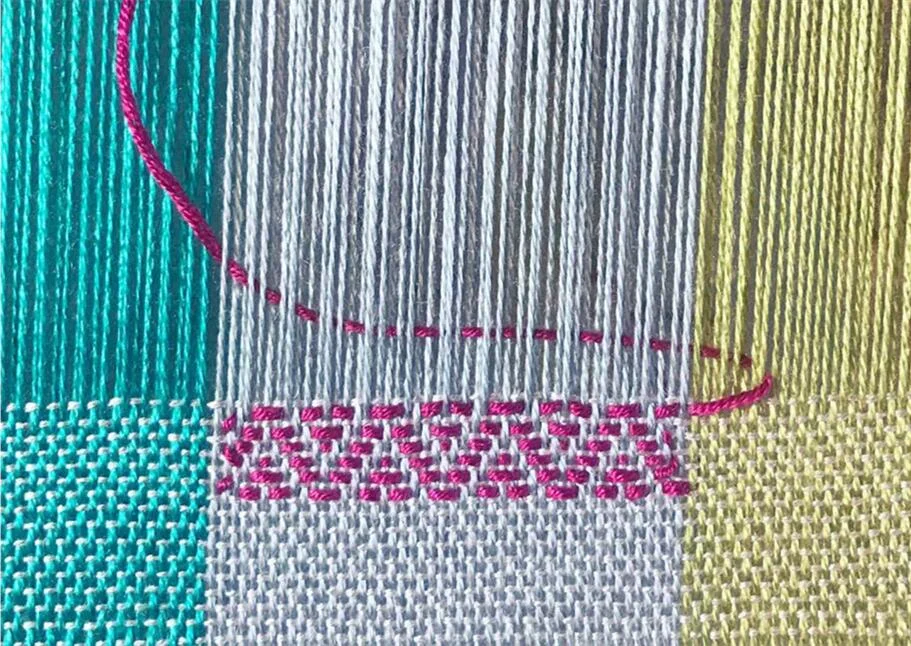
Plain Weave Cotton offers several notable features that contribute to its popularity in various applications. The key characteristics of plain weave cotton include:
Versatility
Versatility is a hallmark of plain weave cotton, adept at producing everything from delicate, sheer textiles to sturdy, structured materials. This adaptability arises from its simple yet effective weaving pattern, accommodating varied yarn weights and densities to meet a wide spectrum of textile needs.
Breathability
The breathability of plain weave cotton is enhanced by its open weave structure, which allows air to circulate freely through the fabric. This feature makes it exceptionally comfortable to wear in warm weather, as it helps regulate body temperature and prevents overheating, ensuring a cool and breathable experience throughout the day.
Durability
Plain weave cotton is prized for its durability, thanks to its tightly woven structure. The interlaced pattern of warp and weft threads creates a strong fabric that resists wear and tear exceptionally well. This robustness ensures that garments and textiles made from plain woven cotton maintain their integrity over time, making it a reliable choice for everyday use and various applications.
Ease Of Care
Plain weave cotton fabrics are favored for their easy-care properties. They can usually be machine-washed without hassle and often emerge from the dryer with minimal wrinkles. This convenience makes plain woven cotton ideal for busy lifestyles where quick laundering and upkeep are essential, ensuring garments and textiles maintain their quality and appearance with minimal effort.
Common Types Of Plain Weave Cotton Fabric
Flannel
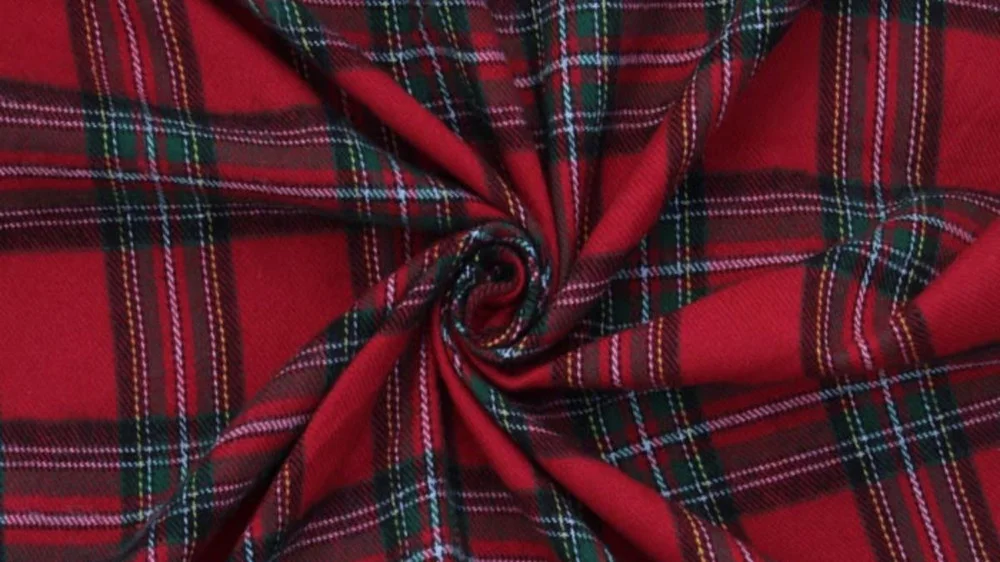
Flannel fabric is characterized by its loose weave, crafted with either plain or twill weaves. The material is often brushed on one or both sides through a process known as “napping,” enhancing its softness and providing a cozy feel. This makes flannel a popular choice for clothing and bedding, offering warmth and comfort in colder weather.
Chiffon
Chiffon, a lightweight and delicate sheer fabric, features a plain weave. Made from materials like silk, nylon, rayon, or polyester, it creates an airy and ethereal texture. For a deeper understanding, check out our detailed guide on chiffon fabric, exploring its characteristics and versatile uses.
Organdy
Organdy, woven from cotton in a plain weave, is renowned for its sheer and fine characteristics. This lightweight and crisp fabric is widely utilized for lining bridal gowns, evening attire, curtains, and aprons, offering a delicate touch and elegant appearance.
Muslin
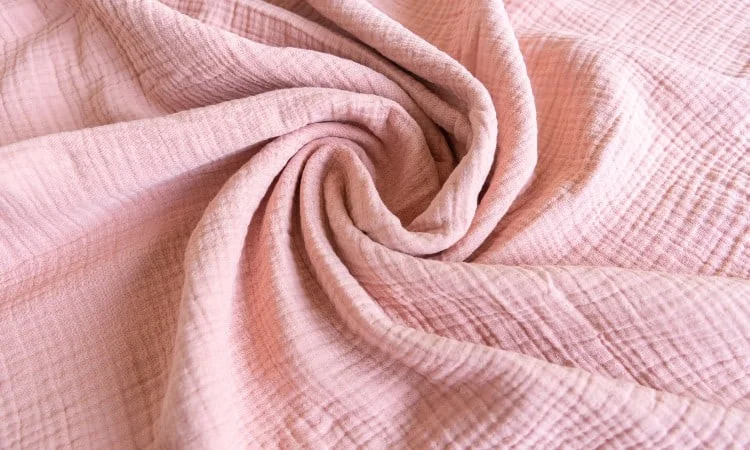
Muslin, commonly employed in fashion prototyping, is a loosely woven cotton fabric with a plain weave. This involves a single weft thread alternating over and under a single warp thread. For more insights into muslin fabric, delve into our detailed guide.
Buckram
Buckram, known for its stiff and coarse texture, is available in both loose and tight weaves. This versatile plain weave fabric is frequently used to provide structure and support in the inner linings of baseball caps, ensuring durability and shape retention.
Cheesecloth
Cheesecloth, a type of plain-weave fabric, is essential in cheese-making for its loose weave, which facilitates easy straining of liquids. This versatile material is prized by chefs for its ability to achieve smooth textures and consistent results in culinary preparations.
Poplin
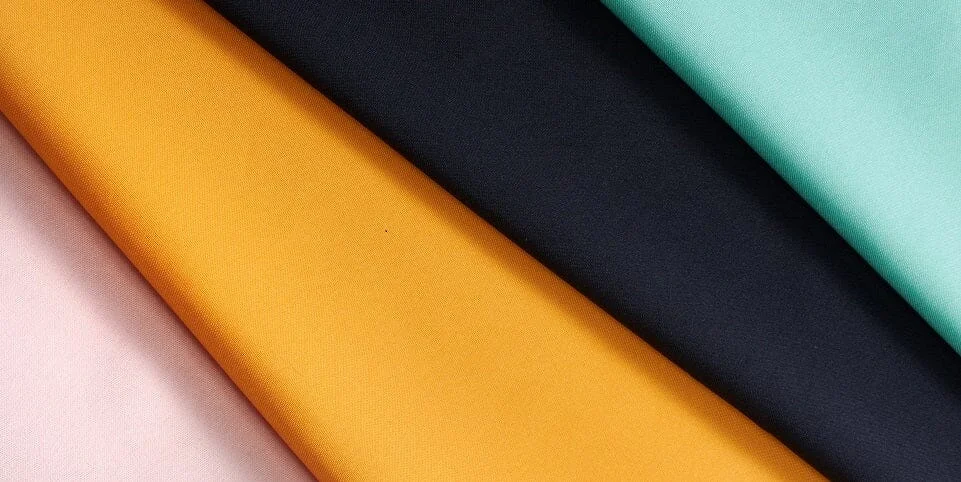
Poplin is a lightweight fabric known for its plain weave, featuring fine warp yarns and slightly coarser weft yarns. This combination gives it a smooth texture with a crisp feel, enhancing its airy drape and soft touch. Poplin’s versatility and comfort make it a favored choice for a variety of clothing applications, ensuring its widespread popularity in both casual and formal wear.
Chambray
Chambray, recognized for its denim-like look, is a plain-weave fabric that typically incorporates indigo-dyed warp threads and uncolored weft threads. This combination gives it a distinct appearance reminiscent of denim, making it a popular choice for casual and comfortable apparel. Its versatility allows it to be used for various garments, offering both style and durability.
Velvet
Velvet is renowned for its luxurious and plush texture, produced using a specialized double-cloth loom. This fabric can be woven in various patterns like plain, satin, or twill, and involves an additional set of warp threads that are sheared to create its soft feel. For in-depth information, refer to our comprehensive guide on velvet to explore its manufacturing process and uses in detail.
Taffeta
Taffeta is woven using a plain-weave technique that creates a distinctive checkerboard pattern, with each weft thread passing alternately over and under individual warp threads. Its characteristic firmness and structured appearance are achieved through the twisting of threads during the weaving process. This technique enhances taffeta’s durability and adds to its unique visual appeal, making it a popular choice for elegant garments and home decor.
Organza
Initially produced from silk, organza is a lightweight, sheer fabric woven in a plain pattern. Modern versions are also manufactured using synthetic fibers such as polyester and nylon. Its translucent nature enhances the elegance of clothing and home decor. For a comprehensive understanding of organza fabric, delve into our detailed guide exploring its features and versatile applications.
Crepe
Crêpe fabric can be woven in different weave structures such as plain, satin, or twill. Its unique rough and irregular texture is created by using yarns that are specially twisted or crimped. Varieties of crêpe are distinguished by the materials used and the techniques applied to achieve their desired textures. For further exploration of crêpe fabric and its diverse variations, refer to our comprehensive resource.
Georgette
Georgette fabric is usually woven using tightly twisted s-twist and z-twist yarns, twisted in opposing directions. This weaving method creates subtle puckering on the fabric’s surface, resulting in Georgette’s distinctive crinkled appearance. Renowned for its lightweight and flowing qualities, Georgette is widely favored for dresses, scarves, and various apparel items. For further insights into Georgette fabric, explore our dedicated guide.
Cambric
Cambric is a finely woven plain-weave fabric that undergoes high-temperature rolling and flattening to achieve a smooth surface. It’s widely utilized in dressmaking, linings, and lightweight garments due to its versatility and durability, making it a preferred choice among designers and crafters.
These examples highlight some of the plain weave fabrics in the market, each with unique traits suitable for various uses. Whether you seek softness, sheerness, stiffness, or texture, there’s a fabric to suit your specific needs.
Advantages And Disadvantages Of Cotton Plain Weave
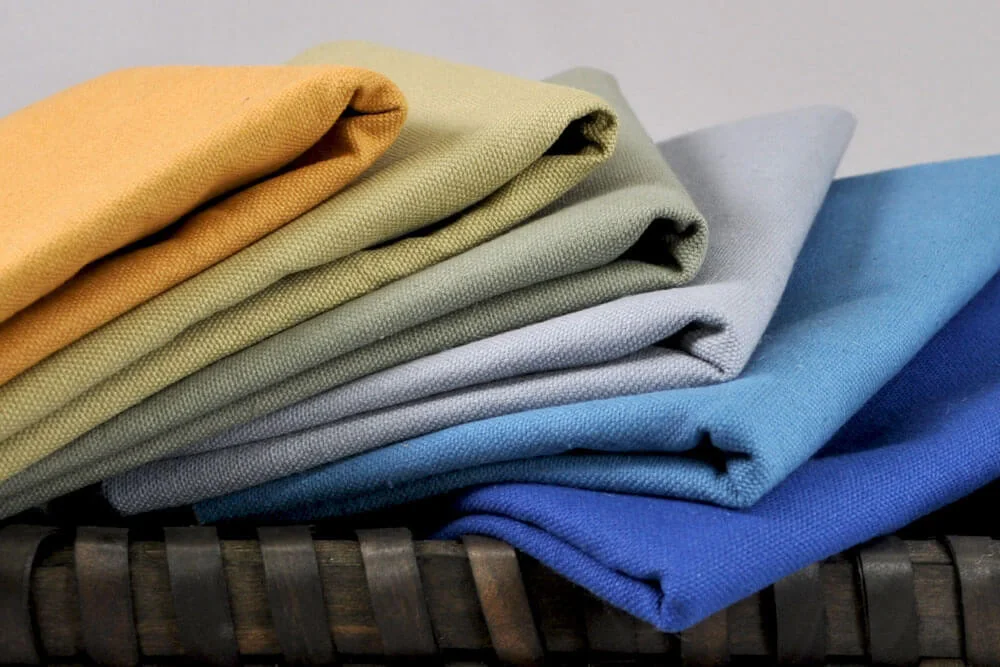
As with any fabric structure, plain weave cotton comes with its own set of pros and cons. Familiarizing yourself with these can assist in deciding when and where to use plain weave cotton fabrics. Here are some primary benefits and drawbacks:
Advantages
Plain weave cotton presents numerous advantages. Its strength and durability ensure long-lasting reliability for daily use. The fabric’s breathability enhances comfort by facilitating airflow and moisture absorption.
Its versatility allows it to be used in various products, from clothing to home furnishings, meeting diverse needs effortlessly. Lastly, its easy-care features, including machine washability and wrinkle resistance, provide added convenience, making maintenance simple.
Disadvantages
When it comes to plain weave cotton, you’ll find a few drawbacks to consider. It has a tendency to wrinkle easily, which means you might need to iron it frequently to keep it looking neat. Compared to other weave types, it doesn’t offer much stretch or drape, limiting its suitability for creating intricate patterns or designs that require more fluidity.
How Is Cotton Plain Weave Fabric Made?
The manufacturing of plain weave cotton follows a simple procedure. It starts by selecting premium cotton fibers, which are spun into yarn. These yarns are aligned in two directions: warp yarns lengthwise and weft yarns widthwise. They are interlaced in a basic over-and-under pattern to form the plain weave. The fabric is then finished, which may include washing, bleaching, dyeing, or printing processes.
What Is Plain Weave Cotton Used For?
Plain Weave Cotton is extensively used across various industries for its versatility and beneficial qualities. Typical applications of cotton plain weave fabrics include:
Clothing
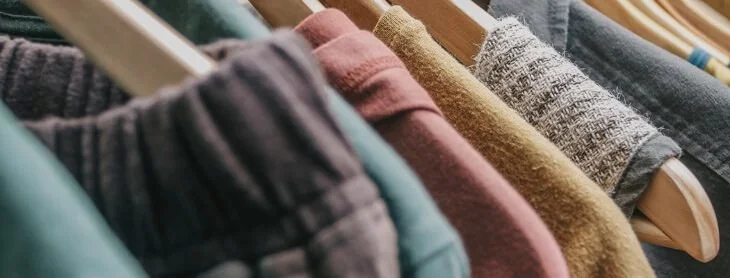
Cotton plain weave fabrics are extensively used in creating a variety of apparel items such as shirts, blouses, dresses, skirts, and trousers. Their popularity stems from their exceptional comfort, breathability, and longevity, making them ideal for everyday wear and diverse fashion styles.
Home Furnishings
Plain weave fabrics are preferred in home textile manufacturing for their practicality and design flexibility. They are commonly employed in crafting bed sheets, pillowcases, curtains, tablecloths, and other household items. Their ease of maintenance, ability to withstand frequent washing, and wide range of colors and patterns make them a versatile choice for interior décor.
Crafts And Quilting
The robust and balanced nature of cotton plain weave makes it a favored fabric in crafting and quilting communities. Its even texture provides a stable foundation for intricate designs and patchwork projects, ensuring durability and ease of sewing.
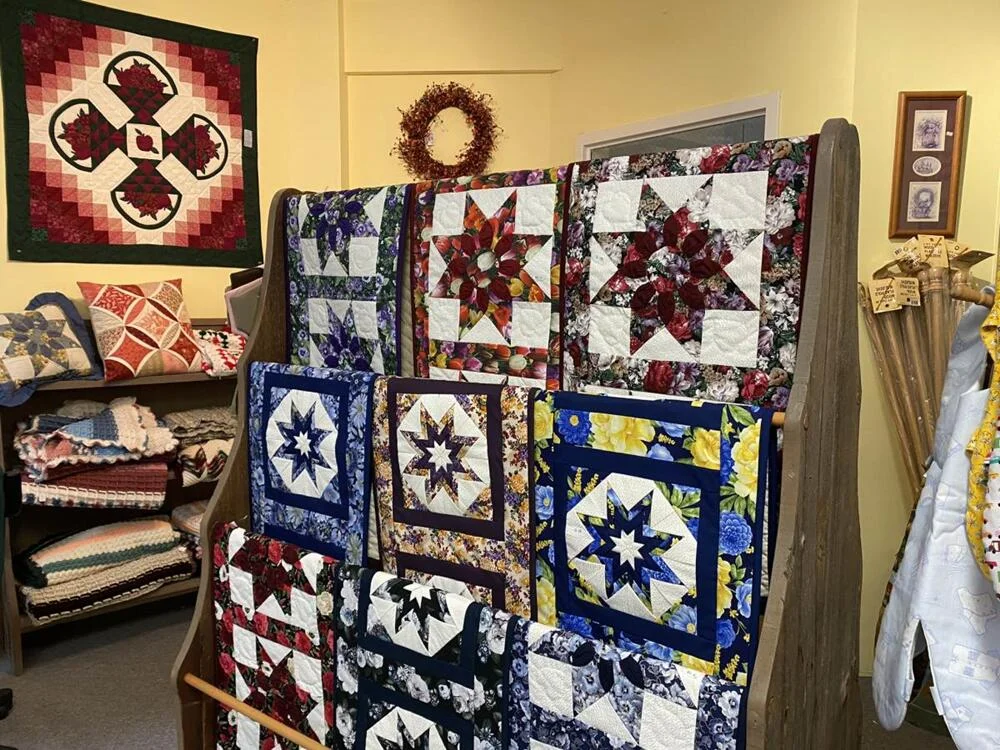
Upholstery
Cotton plain weave fabrics are suitable for upholstery applications based on their weight and durability. They are used to create upholstery items such as chair covers, cushion covers, and drapes, offering both functionality and aesthetic appeal in furniture settings. Their resilience and ability to maintain shape make them a reliable choice for enhancing the comfort and style of living spaces.
Conclusion
In conclusion, exploring the world of plain woven cotton reveals its myriad benefits and applications. From clothing to home furnishings, crafts, and upholstery, this versatile fabric offers durability, breathability, and easy maintenance.
Whether you’re considering its use in everyday garments for comfort and longevity, incorporating it into home décor for its aesthetic appeal and practicality, or using it in crafting and upholstery projects for its sturdy yet flexible characteristics, plain weave cotton proves its worth.
